The holy warrior of Baldur’s Gate 3—the Paladin—is a force to be reckoned with. A brutal melee brawler with the potential for extremely high-damage turns, many players embrace the Paladin as a great class for your avatar to play as.
However, the Paladin is a class of high highs and low lows. If you want your Paladin to be more than a one-smite pony, there are a multitude of options that can make the class feel more versatile. Let’s walk through a handful of them.
The best Paladin multiclass options in BG3
The Paladin is a melee frontliner with high durability and even higher damage. They can spend spell slots to deal guaranteed damage or to boost their own durability. However, they have next to no options for ranged combat, are rather slow, and rely on their small number of spell slots to get the job done.
There’s a magic number for Paladin multiclassing: six. At level six, the Paladin has gotten their Divine Smite, Extra Attack, and Aura of Protection. Their damage is far greater than passable with two attacks and the ability to add damage to said attacks, and Aura of Protection is the best anti-magic skill in the game, adding the Paladin’s Charisma modifier to all saving throws.
The Coffee-din: Paladin 6/Warlock 6
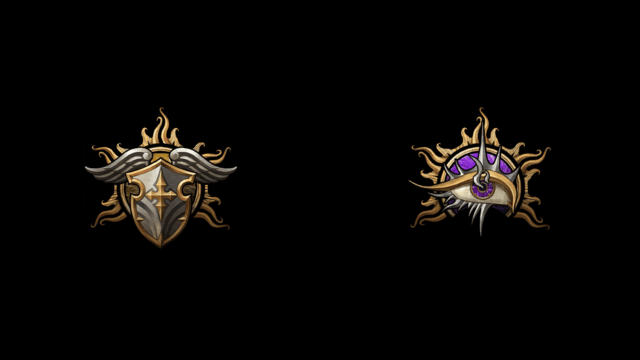
- Role in party: Frontline damage, occasional spellcasting utility
- Pros: Replace the Paladin’s terrible ranged options with Eldritch Blast. Use Charisma for weapon attack and damage rolls. Regenerate spell slots on short rest.
- Cons: Lower spell level, slightly lower damage without spending spell slots, lose access to endgame Paladin spells.
- Feats: Ability Score Improvement, War Caster
- Important magic items: Birthright
The Coffee-din utilizes the ability to Smite with Warlock spell slots to set up a recoverable series of level three spell slots. In addition, it is able to throw away the need for Strength or Dexterity, instead focusing on Constitution and Charisma.
The build
To start, a Coffee-din should invest in Paladin until around level two for Divine Smite. Then, put five levels into Warlock. This gives you strong spells, subclass features, and Extra Attack. Then, put another three levels into Paladin. From there, you can put the last two points in either direction; Paladin for defense, Warlock for offense. We recommend a healthy split of one in each.
Race and background don’t matter much. You’ll want to have proficiency in some Charisma checks, though.
Your ability scores are simple. Once you get to Warlock Three, you can use Charisma for attack and damage rolls with weapons and spells. So, pump your Constitution and Charisma to the moon.
Your Oath should be Vengeance and your Patron the Fiend. Vengeance is great for offensive damage while the Fiend will keep you safe during combat and during out-of-combat skill checks.
The best Fighting Style for this build is Great Weapon Fighting. In BG3, this style rerolls the damage of weapons if you roll one or two on any of the dice, including the damage of your Divine Smite. You can go with Dueling if you want to use a shield, or Defense if you want to be flexible with weapons.
For your Warlock invocations, Agonizing Blast is a must-get. Eldritch Blast is a strong cantrip and gives you a very valid ranged option, especially with high Charisma. Your other invocations are much more flexible and should be based on your party composition, though Beguiling Influence and Beast Speech tend to be good enough.
We recommend Pact of the Blade for your Pact. You get to use Charisma for attack and damage rolls for any weapon in the game, which is very helpful. With this pact, you can safely ignore Strength or Dexterity and focus all of your stat points on Charisma, Constitution, and Wisdom.
Your Paladin’s spell list is varied but potent. Stick with highly defensive spells for your Paladin list, like Shield of Faith, rather than getting Smites that will take your concentration. Your Warlock list should include strong options like Armor of Agathys, Fireball, and Misty Step. Eldritch Blast and Blade Ward make for good combat cantrips, while Mage Hand and Minor Illusion work well out-of-combat.
As for your feats, you’re going to probably be stuck with two Ability Score Improvements. You only get two feats with this build, which is enough to get to 20 Charisma. We don’t recommend getting Great Weapon Master unless you’re the beneficiary of Auntie Ethel’s Hair for plus-one Charisma.
You don’t need any items in particular to make this build work, although investing in a Diadem of Arcane Synergy isn’t a bad idea. Birthright is extremely useful for you, since it improves your attack rolls, damage rolls, and saving throws by plus-one.
Uses
This build starts a fight by applying buffs to itself, like Shield of Faith, before moving towards enemies. You will have turns where you are waddling into melee for a while, but you can do something more active than just Dashing. Use Eldritch Blast or long-ranged spells like Hold Person to pick off far-away targets and threats as you wade towards melee.
In general, saving your Warlock spells for smiting is a good idea. You can’t waste a spell slot with Smites, since you get them back on a miss. Toggle on the option to Smite as a reaction, so you can save your spells to secure kills or for big critical hits. However, recognizing the need to buff yourself or debuff enemies is very important for keeping your Paladin alive.
Out of combat, you’re likely going to be the party’s face. Utilize your high Charisma and get proficiency in important Charisma-based skills
Song of Justice: Paladin 6/Bard 6
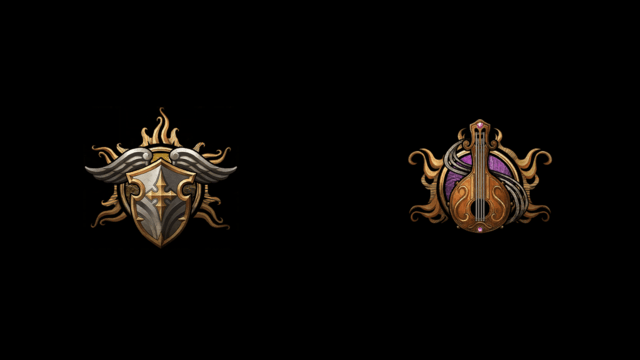
- Role in party: Frontline support, melee damage dealer
- Pros: High Charisma reliance, Bardic Inspiration, high spell level with varied spells, access to Haste.
- Cons: Lower damage than standard builds. Lower health. Lose access to endgame Paladin spells.
- Feats: Ability Score Increase.
- Important magic items: Gauntlets of Frost Giant Strength, Bardic Inspiration support items
The Song of Justice build is a Bard Paladin. You utilize the Paladin’s fantastic defensive features to protect the fragile frame of the Bard, which can focus on buffing allies and debuffing enemies.
The build
You begin play as a Paladin and will stay the course until level six. Then, you start adding Bard levels. You want to be Paladin for survival purposes, and level six is around the point where you can start adding goofy versatility.
Race and background are not important, though Half-Orc crits are always a wonder to behold. Instead, make sure you have 16 Charisma and 16 Strength or Dexterity. Your Constitution will naturally be a bit lower, but we want our spells to take effect and our weapons to hit often.
The Devotion oath will help with our supportive elements while the College of Lore Bard subclass will provide excellent utility and access to additional third level spells known. That means Haste and, probably, Fireball.
Use the Defense fighting style to boost your AC, or Dueling if you want damage. As for feats, Ability Score Improvements for Charisma will have to be enough.
Once you get to the House of Hope, the Gauntlets of Frost Giant Strength could be yours. If you decide to equip them, you should respec at Withers and get higher Constitution for health or Dexterity for initiative. You should go for a sword and shield setup, using the shield to defend yourself and a sword like the Phalar Aluve to buff your allies.
Uses
In combat, the Song of Justice takes some emphasis away from the Paladin’s identity as a damage dealer. You have a lot of spell slots to Smite with, but your turn-to-turn damage will be lower than a pure build.
However, you have something the Paladin would die for; Healing Word. In general, your spell list is far superior to a Paladin’s and contains many spells that any caster would drool for. You can hold down enemies with Hypnotic Pattern, Haste yourself or an ally for a few turns of big damage, or just walk up and hit enemies with d8s of damage if you don’t want to cast spells.
Use your Bardic Inspiration liberally. There are items like the Boots of Brilliance or Wondrous Gloves which help you with Bardic Inspiration charges. Make sure your allies who need them have access to the extra d8s whenever possible. Your charges regenerate on short rests by level five Bard, so it’s not exactly a precious resource.
Out-of-combat, use your high Charisma to your advantage. You should be fairly good at talking to enemies and allies alike. However, with enough Strength, you’ll also be good at doing jumping puzzles or moving large objects.
The Raging Crusader: Paladin 8/Barbarian 4
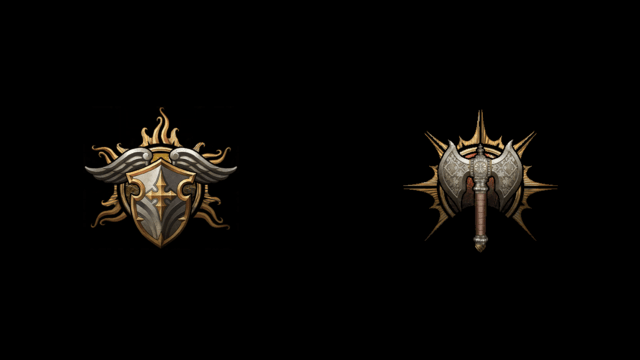
- Role in party: Frontline tank
- Pros: Improve your durability and accuracy significantly, especially while Raging. Become almost immune to Dexterity saving throws.
- Cons: Lower damage, much fewer spell slots, must use Medium Armor.
- Feats: Great Weapon Master
- Important magic items:
The Raging Crusader replaces the Paladin’s reliance on long-term Concentration effects with Barbarian‘s rage mechanics. This doesn’t necessarily turn you into an invulnerable beast, but it comes extremely close.
The build
Start with Paladin five to get Extra Attack. Then, four levels in Barbarian to get access to Rage and the feat, as well as Reckless Attack and Danger Sense. Finish out with Paladin, since any more levels of Barbarian are a bit of a waste.
Race and background aren’t very important. Half-Orcs are good since we like to use weapons and try to avoid the Small races. For ability scores, get your Strength and Charisma to 16. You are going to be swinging big weapons and using Charisma to prevent spells from affecting you.
Your subclasses are going to be Oathbreaker and Wildheart (Bear). Oathbreaker is there for extra damage while Wildheart is going to be how we protect ourselves from physical and magical effects.
For Fighting Style, go Great Weapon Fighting. There are a lot of opportunities to use huge weapons in BG3, and we’ll be relying on Bear Heart to keep us safe if a fight gets dangerous, rather than a shield. We’re stuck with Medium Armor until we run out of rages. Your feats will prioritize Strength ability score increases and then one Charisma increase. Alternatively, you can replace a Strength increase with Great Weapon Master to pump your damage. You don’t have the spell slots or damage to make Polearm Master worthwhile.
Magic items are relatively open for a Raging Crusader. You need a strong two-handed weapon like the Balduran’s Giantslayer to make this character really slam enemies. Adamantine Scale Mail will keep you relatively safe in combat. If you can find the Greater Amulet of Health, you can boost your Armor Class pretty significantly and wear gear like the Mighty Cloth.
Uses
This Paladin multiclass has two modes: Paladin and Barbarian. In Paladin mode, you equip heavier armor and wade into battle, Smiting foes. Utilize Reckless Attack to deal high damage to targets with near-guaranteed Smites.
When you want to be a true Barbarian, swap out heavy armor for medium. Enter Rage and remember to not cast spells (though Divine Smite is not a spell). Tank for your allies while being able to deal very high damage to targets.
Unlike a Barbarian, you add your Charisma modifier to saving throws. That means you are quite resistant to magic, even without Mage Slayer. So, you’re perfect to wade through enemy lines and deal with potent spellcasters before they become a big problem.
Out of combat, you can talk with others using your high Charisma and adjust the environment with your Strength. You won’t be the best at these actions, but Paladins get a lot of prompts during conversations—and Barbarians get even more.
Others Asked
What choices does a player have when creating a character in Baldur's Gate 3?
Players can choose their character's race, class, subclass, abilities, proficiencies, and background when creating a character in Baldur's Gate 3.
Which Bard subclass is recommended for creating the strongest build in Baldur's Gate 3 and why?
The College of Valor is recommended for the strongest Bard build because they can use their Bardic Inspiration to deal damage or protect allies. They are also proficient with strong Martial Weapons and gain an Extra Attack.
Why might players prefer choosing Paladin over Cleric in Baldur's Gate 3?
Players might prefer choosing Paladin over Cleric because Paladins are tanky, meaning they are more likely to survive mistakes, and have a versatile kit with supporting abilities, melee attacks, and high Strength, Charisma, and Constitution, which are advantageous in the game.


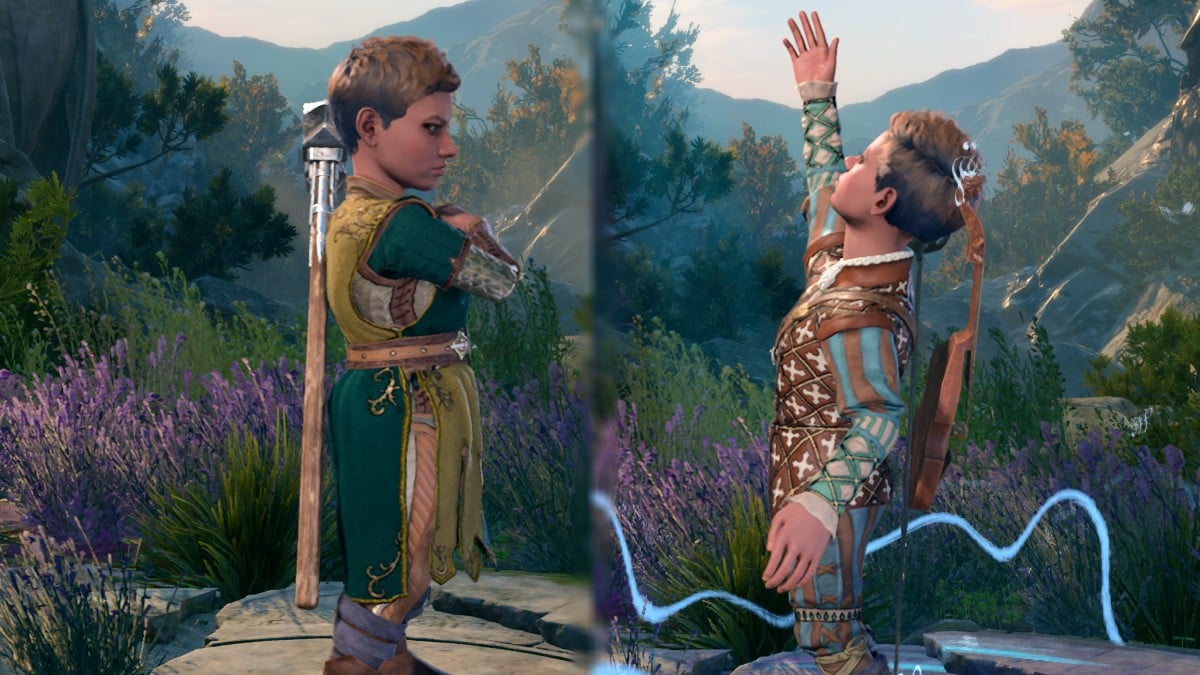
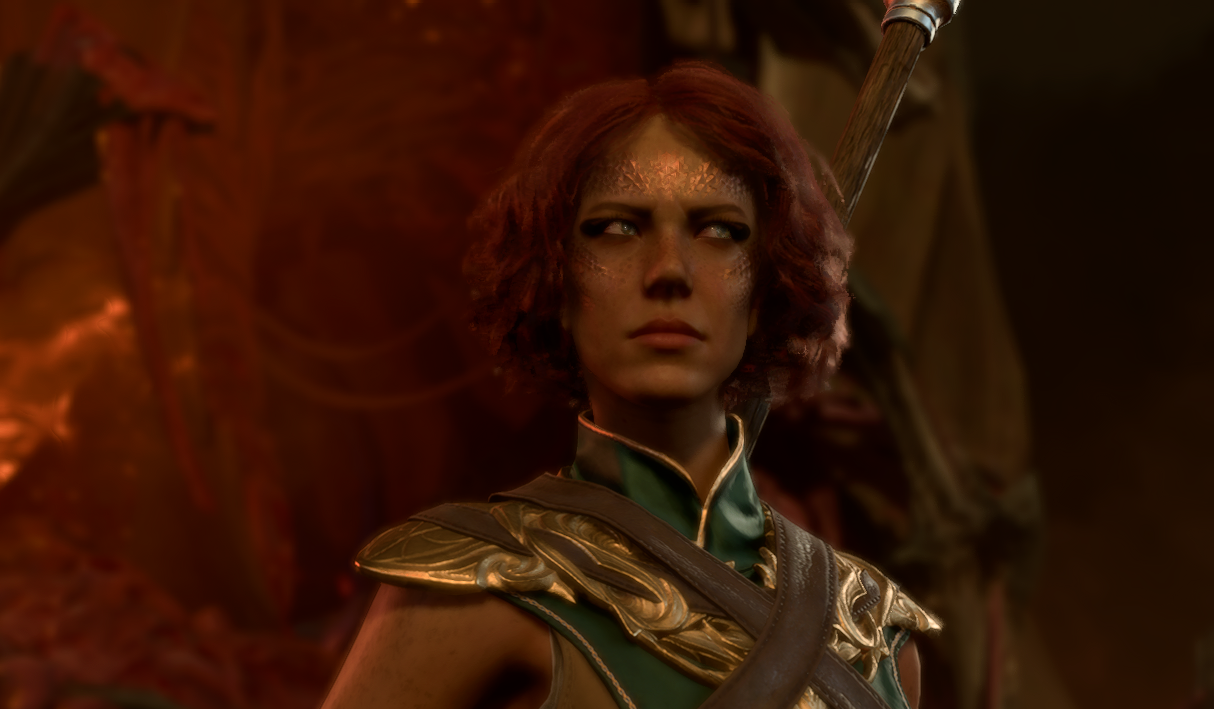
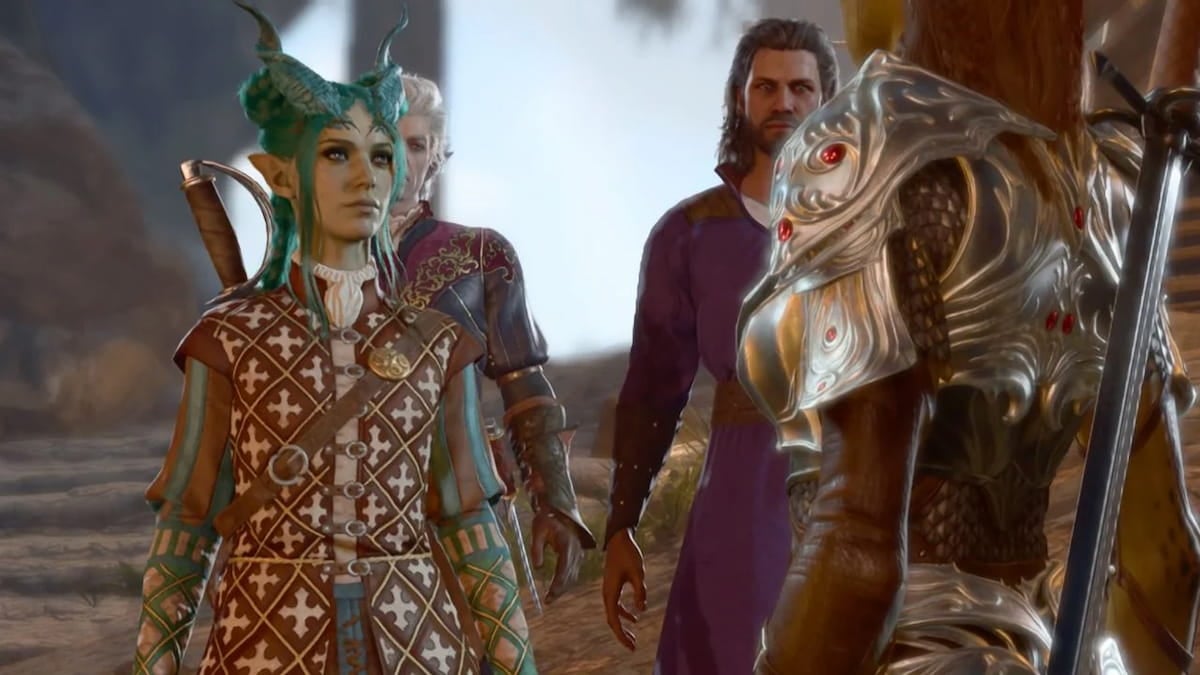

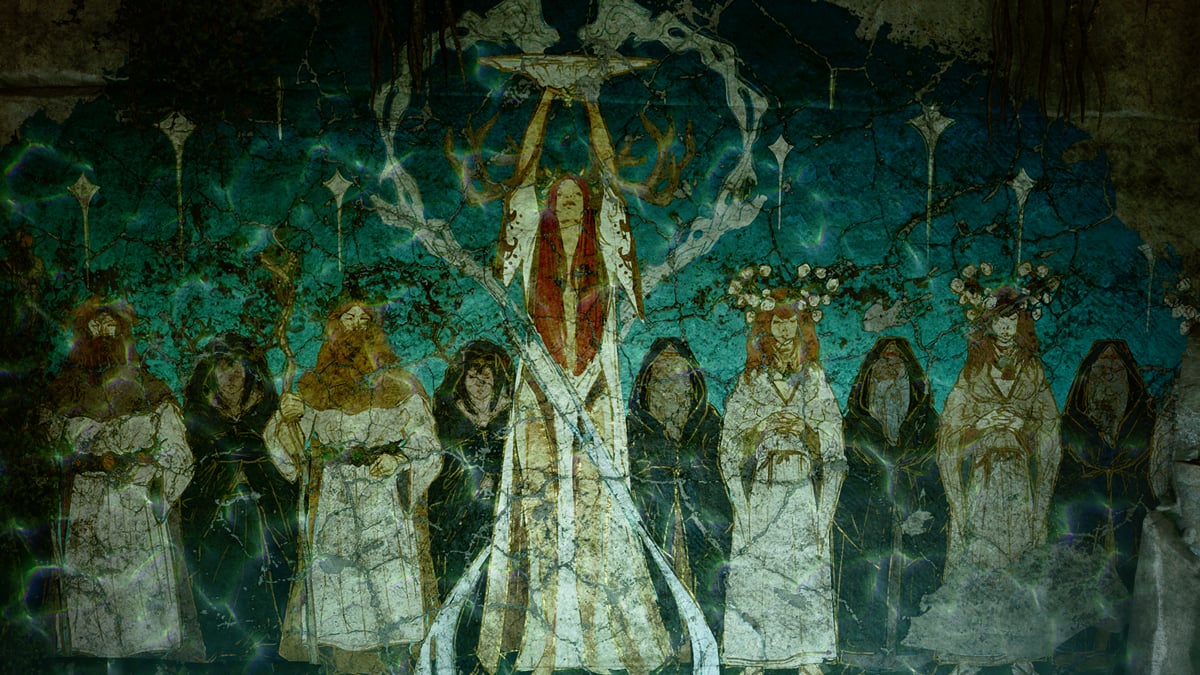
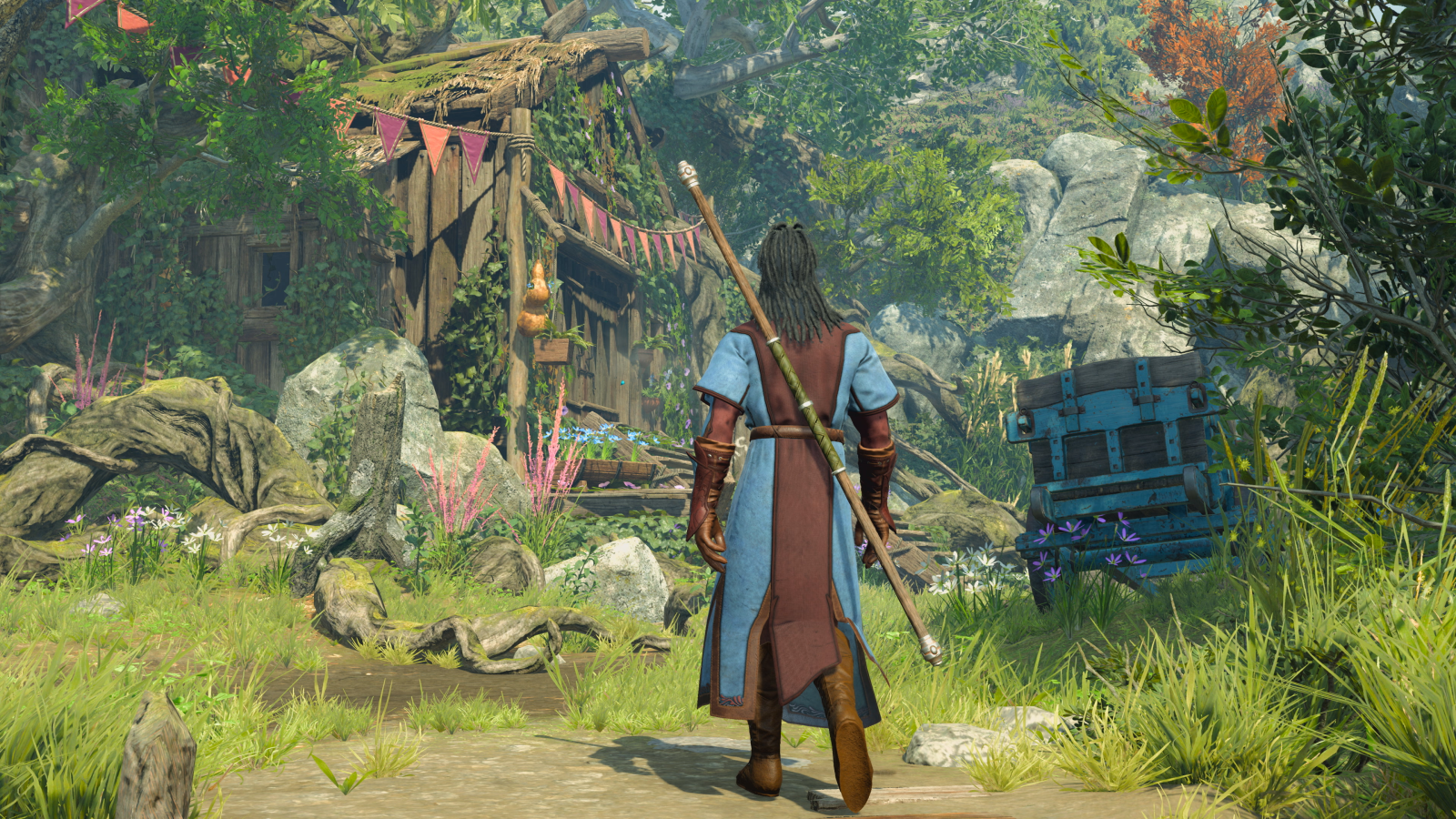

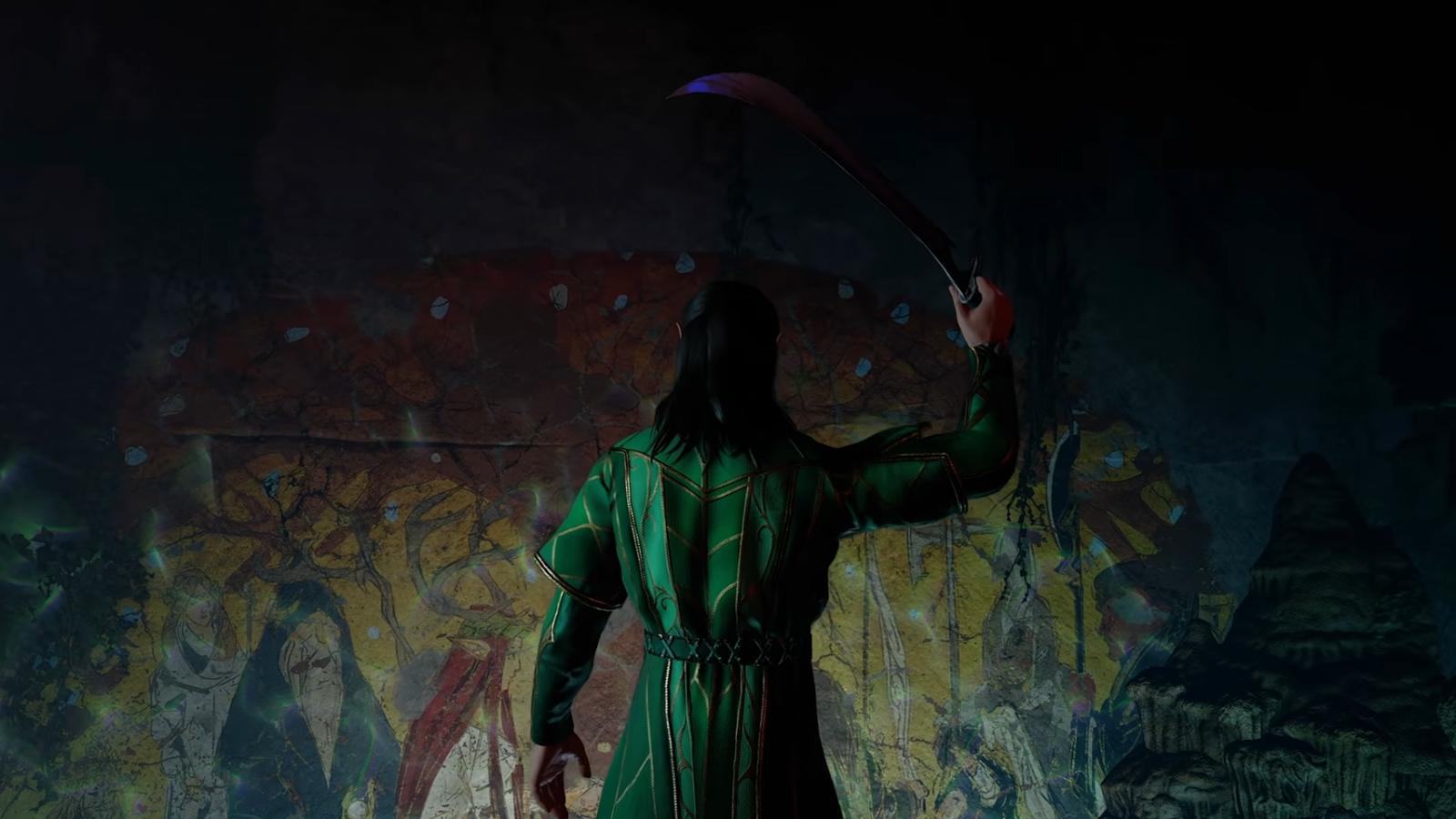
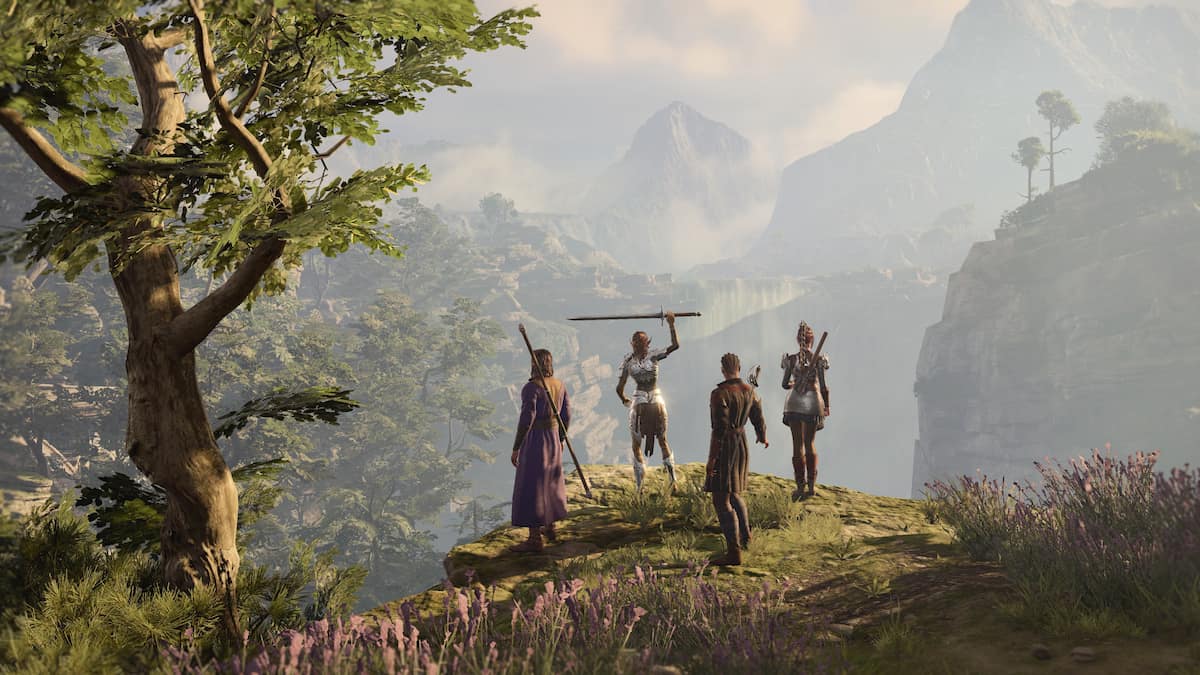
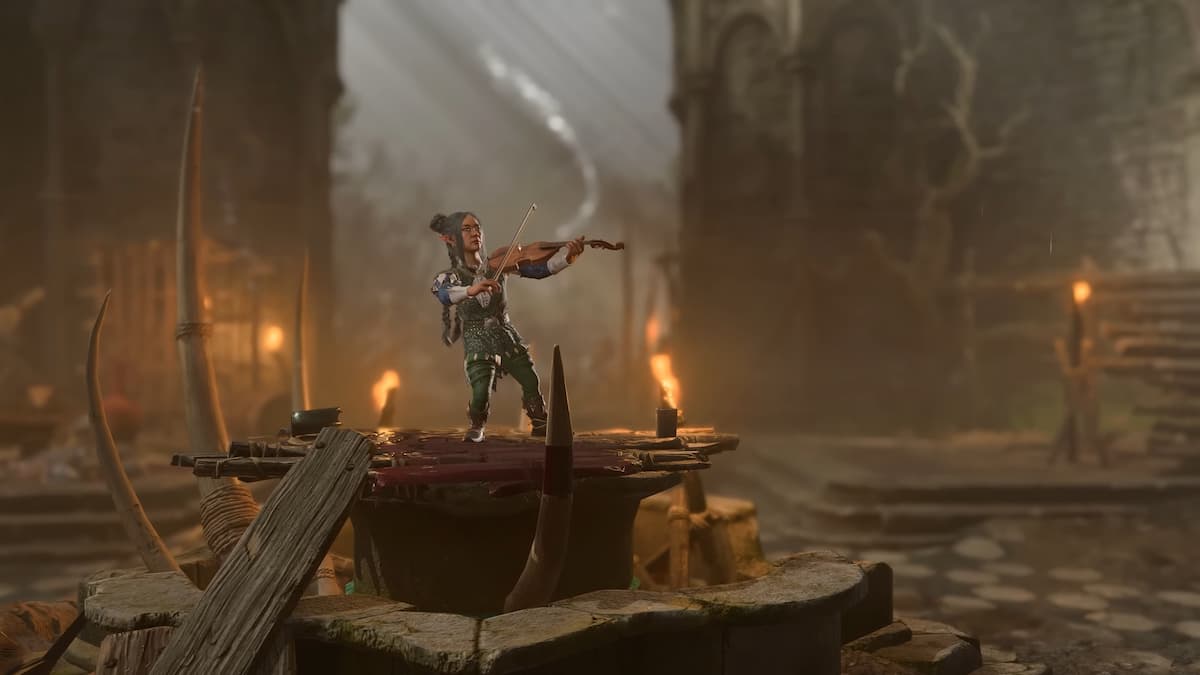
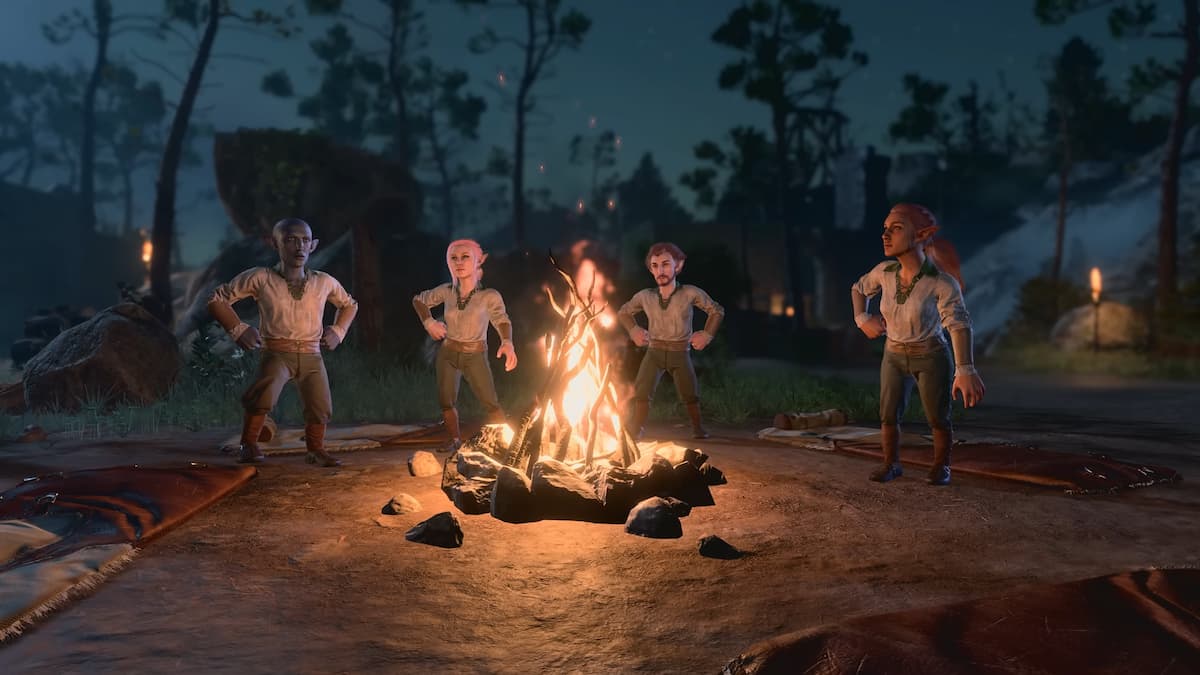
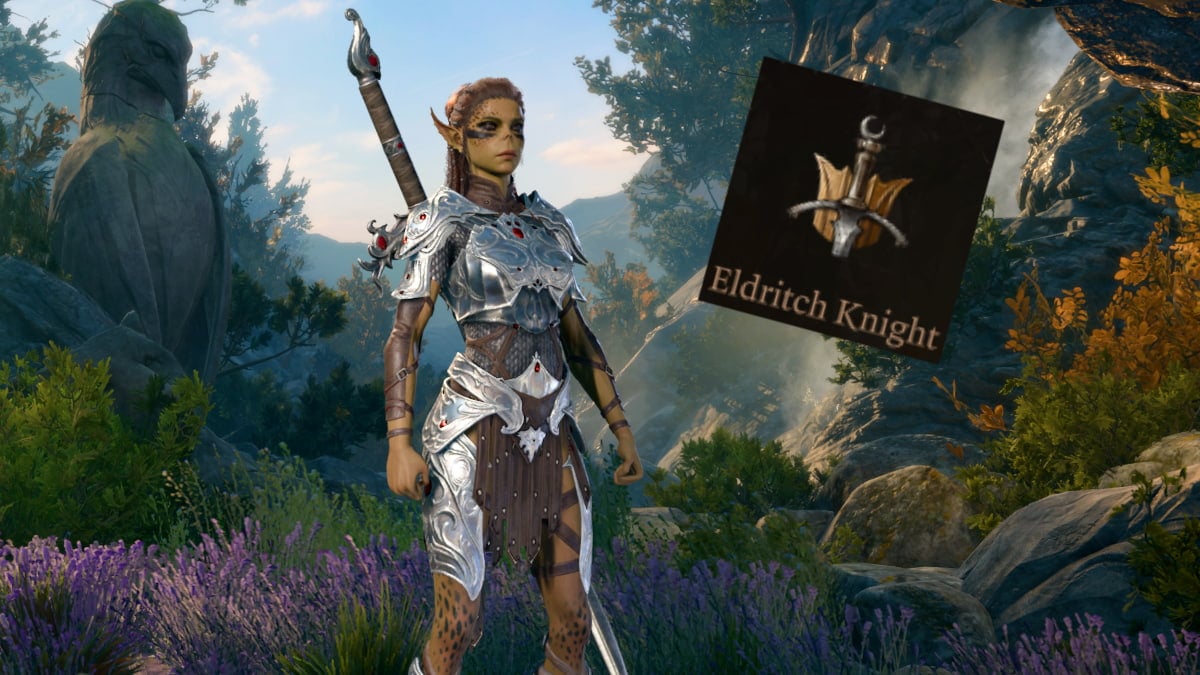

Published: Nov 13, 2023 05:10 am